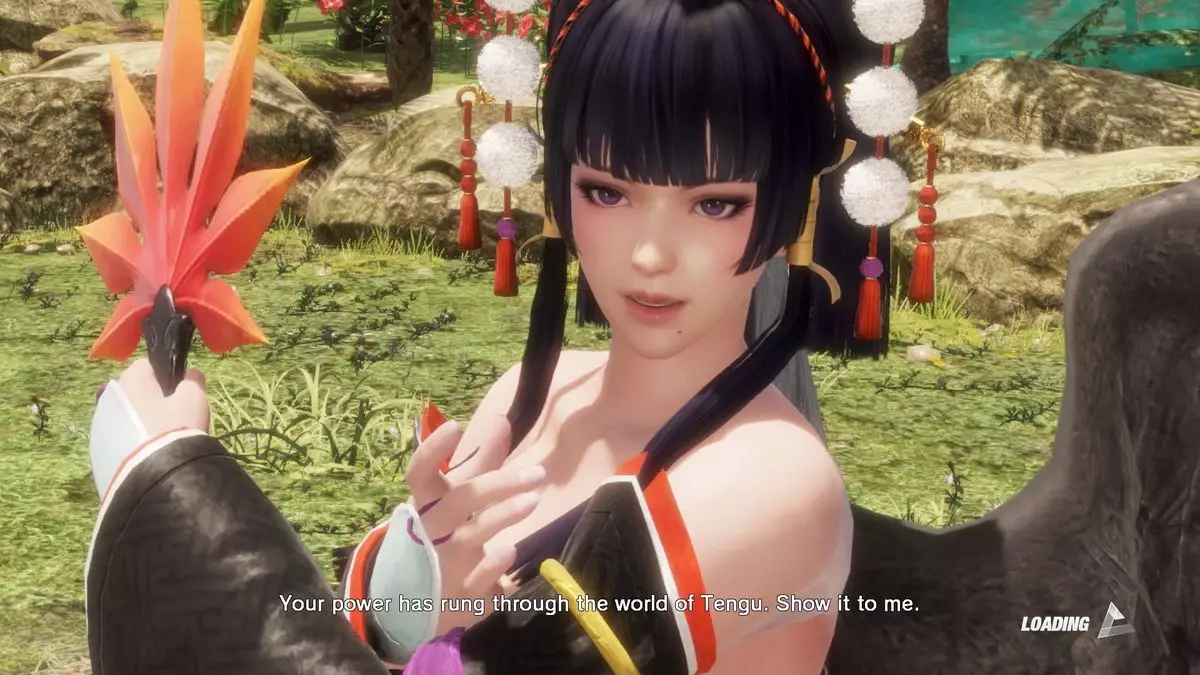In the digital realm, fanart thrives as a means of expression, creativity, and community engagement, particularly in industries like gaming where characters resonate deeply with fans. However, the intricate relationship between fan-created content and corporate interests can often lead to tensions. Koei Tecmo, the publisher of the well-known “Dead or Alive” franchise, provides a case study in how a company navigates this duality. Instead of outright censorship, Koei Tecmo’s approach aims to establish a framework that fosters creativity while protecting its intellectual property.
Koei Tecmo’s Supportive Yet Restrictive Policy
During a recent event, Tomotoshi Nishimura from Koei Tecmo’s legal team clarified the company’s nuanced stance on fanart. A key takeaway from his statements is that Koei Tecmo fosters a culture of acceptance towards fan-generated content. The company even participates in convention events like Comiket, where fans showcase their artistry, indicating a willingness to embrace the community. This support for artistic expression is commendable, highlighting the company’s understanding of the cultural impact fanart has within the gaming ecosystem.
However, the paradox lies in Koei Tecmo’s stringent measures against certain forms of fanart. Reports suggest that thousands of submissions are removed annually, particularly those portraying characters in sexually explicit manners or altering them in a way deemed inappropriate. Such actions indicate a clear boundary established by the publisher, prioritizing the preservation of its intellectual property and the integrity of its brand.
Defining Boundaries in Artistic Representation
Koei Tecmo’s restrictions pose significant questions about the nature of fanart and its relationship to copyright. While the company supports creative interpretations, they simultaneously draw a line when works vignette toward adult themes that could tarnish their characters’ original representations. Nishimura’s metaphor of viewing video game characters as “daughters” raises ethical considerations around how creators perceive their creations and the lengths they will go to protect those images.
Yet, one must wonder: does such perspective promote a healthy artistic dialogue, or does it suffocate the very creativity it seeks to protect? The dichotomy becomes evident; what is seen as “art” can also be perceived as damaging, emphasizing the need for clarity and communication between companies and their communities of fans.
Koei Tecmo’s stance on fanart showcases the complexities of modern creative landscapes in the gaming world. While embracing fanart fosters a connection between the creators and the community, the oppressive measures taken to regulate it highlight an inherent conflict between artistic freedom and corporate governance. Striking a balance that accommodates both interests is vital for healthy community growth. Ultimately, both companies like Koei Tecmo and their fans must collaborate to foster an environment where creativity and respect for intellectual property coexist, leading to a more sustainable and enriching dialogue in the ever-evolving world of gaming and fan culture.


Leave a Reply